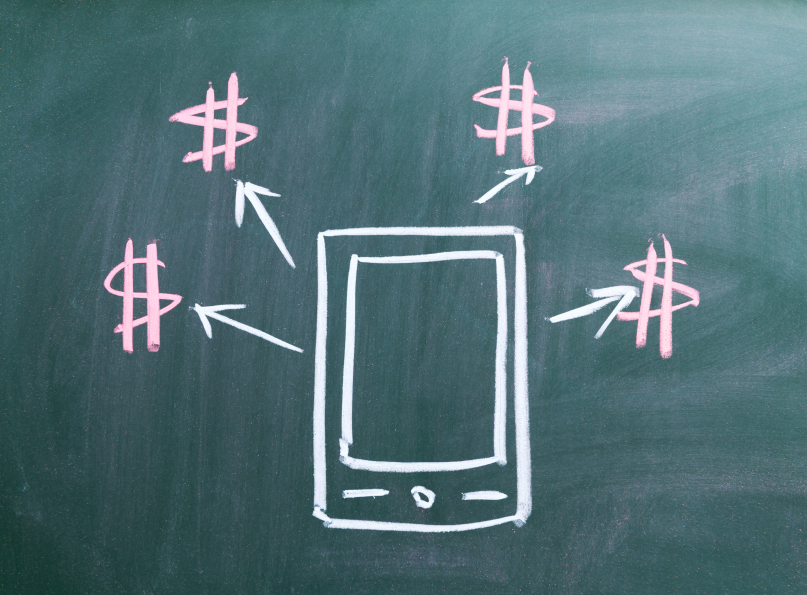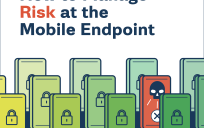Mobile technology has cleared the way for a future where consumers leave their wallets at home. The new Apple iPhone 6 and 6s models and Apple Watch, along with Android and Windows phones, include near-field communications (NFC) chips that allow two NFC-enabled devices placed near each other to exchange data.
Recent, widely publicized data breaches are driving demand for a more secure way to pay for goods and services, and NFC technology can deliver. Consumers increasingly will expect the convenience mobile pay offers, not only from private industry, but from government agencies, as well.
There’s plenty of potential for government to offer mobile pay – at parks, DMV offices, schools and almost anywhere a government agency accepts credit cards. But agencies should ask seven important questions before they adopt mobile wallet technology:
- Does the service we provide lend itself to mobile delivery? Before investing in a mobile payment solution, make sure the service you offer is one your constituents likely would want to access from a mobile device.
- Do we really need to think about this right now? At some point in the not-too-distant future, mobile will surpass traditional payment methods. Progressive companies in private industry already are implementing their preferred platforms. Government agencies may be better off assessing their options and pushing toward mobile pay now, rather than falling behind in meeting user expectations.
- Who will foot the cost? Credit and debit card transactions, including mobile transactions, always carry a fee, so either your agency or your users will have to pay it. If you ask customers to cover the fee, how will you communicate this information to them?
- Which payment systems should we accommodate? Apple Pay, Square, CurrentC from Walmart and Best Buy, Dwolla and other emerging mobile platforms are all players in this space. Some technologies may allow agencies to partially offload risk, but you should evaluate each option based on how willing your users are to embrace it and how much it will cost to implement and maintain.
- How will the agency get its money? Financial rules prescribe how quickly your agency receives funds when your customer pays using traditional methods. As part of your assessment of possible payment systems, ask how – and how quickly – a system you’re considering will deliver the money.
- How can we make the system seamless? A key goal for mobile checkout is to make the entire process easy and intuitive. The mobile payment app should minimize data input so users can get through the transaction quickly.
- What will make mobile payment most efficient for our users? People who interact with government often need to complete multiple transactions at once. Make sure the mobile payment system you choose provides autofill options for completing forms and incorporates a “shopping cart” approach so users may pay for several transactions at once.
If you’re not already asking the questions above, don’t wait. Mobile payment options are increasingly common, and constituents will expect government agencies to offer them.





Leave a Reply
You must be logged in to post a comment.